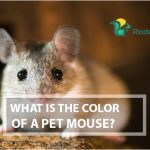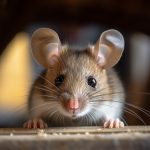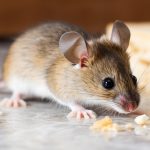Vole vs. Mouse: What Is The Difference Between These Two Rodents?
Rodents are a diverse group of animals that often face scrutiny due to their tendency to invade our homes. You will most likely confuse voles and mice among these rodents due to their similar appearances. However, their distinct physical attributes, behaviors, and habitats set them apart.
So, what is the difference between a vole vs mouse? Voles are larger, with an average length of 4 to 8 inches, while mice are ranging from 2.5 to 4 inches. Their contrasting body shapes, tail types, fur textures, and habitat preferences are key factors in distinguishing them accurately.
Continue reading to uncover a wealth of information about their behavioral distinctions and even telltale signs to help you identify their presence. You’ll also gain the knowledge needed to differentiate between these rodents.
Overview Of The Key Differences Between A Vole Vs. Mouse
To provide a quick and concise comparison between voles and mice, here is a look at the key differences between these two rodents in the table below.
| Difference | Voles | Mice |
|---|---|---|
| Size | Larger (4-8 inches) | Smaller (2.5-4 inches) |
| Body Shape | Stocky, rounded body | Sleeker, lean body |
| Tail | Short, hairy (half body length) | Long, scaly, hairless (body length) |
| Eyes and Ears | Small, less prominent | Larger, noticeable |
| Fur | Denser, thicker | Varied colors, less dense |
| Legs | Short legs | Relatively long legs |
| Habitat Preference | Underground burrows, open spaces | Versatile, indoor habitats |
| Diet | Herbivores (roots, bulbs, grasses) | Omnivores (fruits, seeds, grains, insects) |
| Mating Behavior | Breeding throughout the year, spring preferred | Year-round breeding, no preference |
| Gestation Period | 20-30 days | 18-22 days |
| Litter Size | 3-10 babies | 5-15 babies |
| Lifespan | 1-2 years | 1-3 years |
Vole Vs. Mouse: Physical Differences
These two rodents have several different physical attributes that set them apart from each other. These physical differences include the following.

1. Size
The first notable difference you will see between voles and mice lies in their size. Voles tend to be larger, with an average length ranging from 4 to 8 inches. Conversely, mice possess a more compact frame, with an average length of around 2.5 to 4 inches.
2. Tail
One of the most noticeable differences between these two rodents is found in their tails. Voles possess relatively short and hairy tails, measuring about half the length of their bodies. In contrast, mice have long, scaly, and hairless tails roughly equivalent to their bodies.
3. Body Shape
Voles and mice exhibit distinct body shapes as well. Voles usually have a stocky build characterized by a rounded, stout body. On the other hand, mice sport a sleeker, leaner physique.
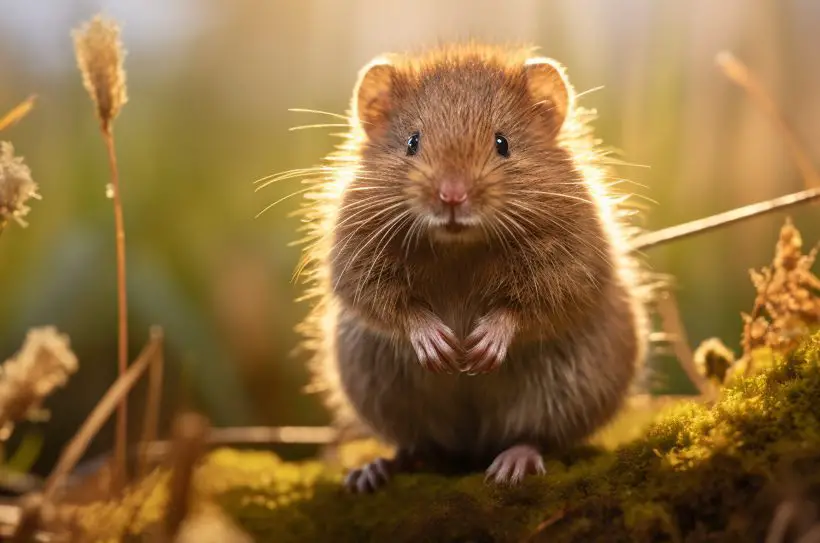
This difference extends to their heads and noses as well. Voles have blunt, rounded features, whereas mice boast pointy, tapered noses and heads.
4. Eyes and Ears
Voles and mice also differ in terms of their eyes and ears. Voles tend to have smaller, less prominent eyes and ears, which are often overshadowed by their dense fur. Conversely, mice have larger, more conspicuous eyes and ears that enhance their sensory perception.
5. Fur
The fur of these two rodents also sets them apart. Voles have a thicker and denser fur than mice, which provides insulation in their underground habitats.
Additionally, the color of their fur varies. Voles’ furs generally have shades of brown or gray, while mice exhibit a broader spectrum, including white, brown, and black fur.
6. Legs
A further distinction can be found in their legs. Voles possess relatively short legs, which are adapted to their subterranean lifestyle. Mice, however, sport comparatively longer legs, suited for their versatile habitats.
Vole Vs. Mouse: Behavioral Differences
Their physical differences aside, the two rodents also have different behavioral attributes. These behavioral differences include the following.
1. Habitat and Distribution
Voles are natural burrowers, constructing intricate underground tunnels and burrows located around 3 to 4 inches beneath the surface. You will notice that they gravitate towards open outdoor spaces and are commonly found in grasslands, meadows, and marshy areas.
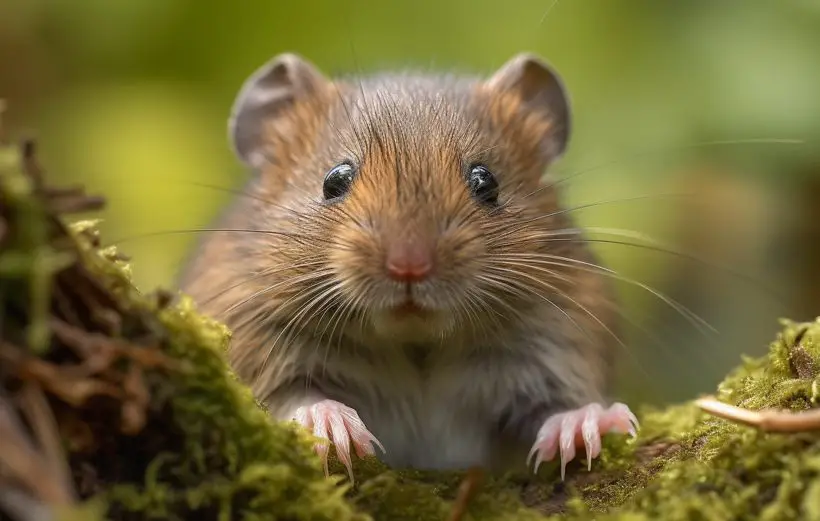
In contrast, mice exhibit remarkable adaptability and can thrive in various environments as long as they have food and shelter. However, they often prefer indoor settings where they can find consistent sources of sustenance.
2. Diet
The dietary preferences of voles and mice offer another contrasting element. Voles are primarily herbivores, favoring a diet consisting of roots, bulbs, and grasses. This dietary choice aligns with their habitats in grassy areas.
Mice, in contrast, are omnivorous opportunists, capable of consuming a wide array of foods. While they will eat almost anything, they tend to favor fruits, seeds, grains, and carbohydrate-rich options.
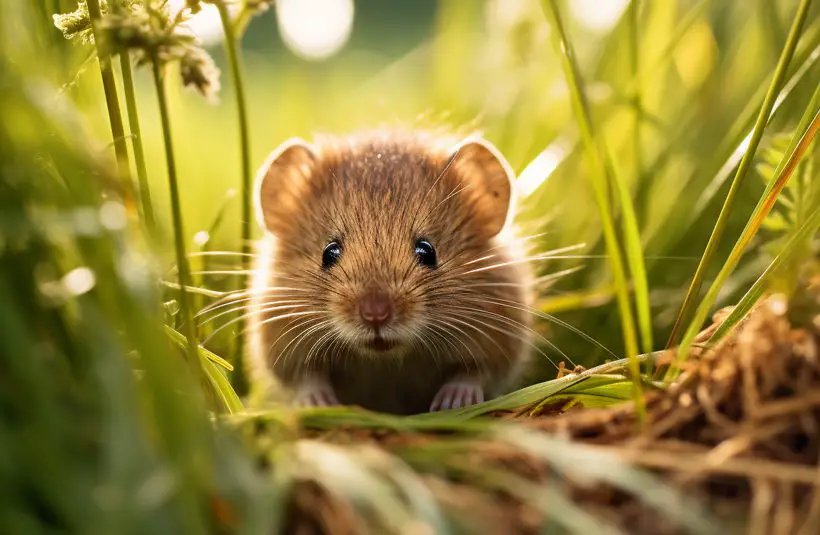
Vole Vs. Mouse: Mating Behavior, Gestation Period, and Lifespan
Mating behavior, gestation period, and lifespan are crucial aspects that highlight the differences between voles and mice. Here is an in-depth look into them.
1. Mating Behavior
Voles exhibit distinctive breeding patterns, often reproducing consistently throughout the year, with a preference for the spring season. In contrast, mice showcase remarkable reproductive adaptability, capable of breeding year-round without displaying any particular seasonal preference.
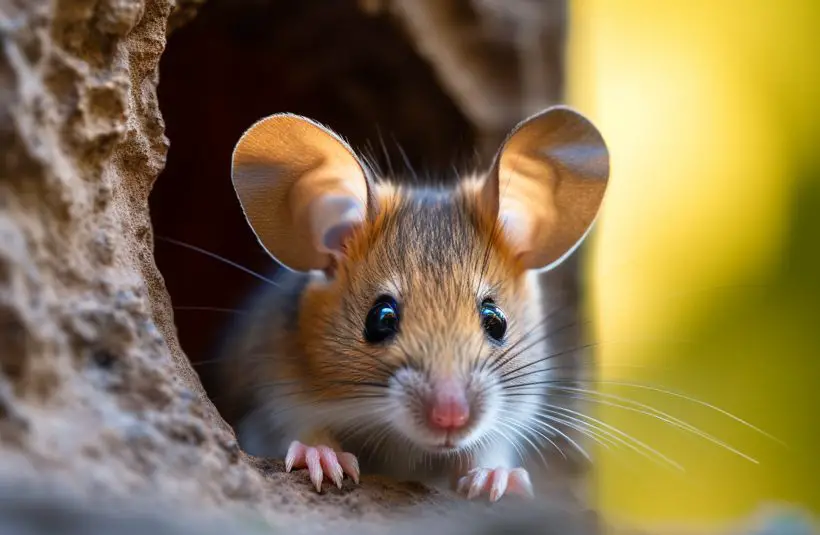
2. Gestation Period
When it comes to the gestation period, voles have a relatively longer period, lasting between 20 to 30 days. This extended duration indicates their comparatively larger size and unique physiological characteristics. In contrast, mice have a shorter gestation period of approximately 18 to 22 days.
Voles also tend to have smaller litters, usually consisting of around 3 to 10 babies. On the other hand, mice produce larger litters, typically ranging from 5 to 15 offspring.
3. Lifespan
Voles have a relatively shorter lifespan, typically living for about 1 to 2 years. Their lifespan aligns with their reproductive patterns. Mice, in comparison, enjoy a slightly longer lifespan, ranging from 1 to 3 years.
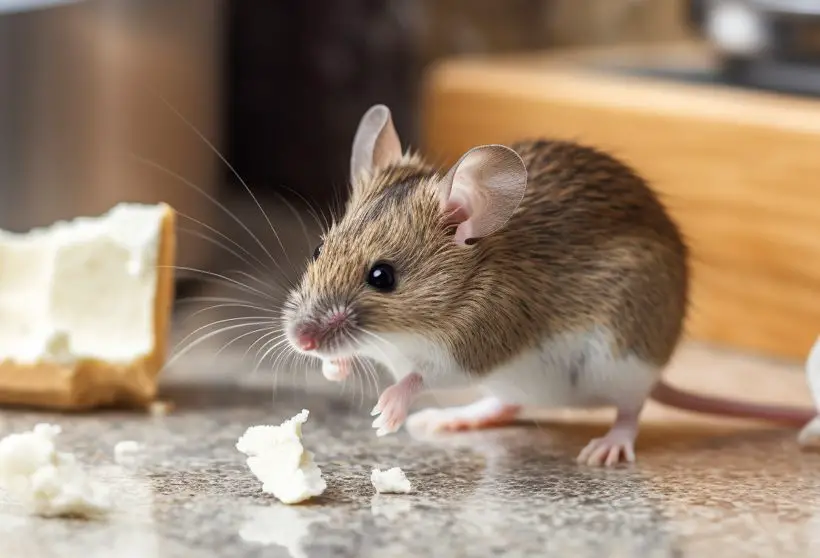
How To Tell If You Have A Mouse Or Vole
Identifying the presence of rodents in your surroundings requires a keen eye for distinct signs and behaviors. Here are signs to help you tell each rodent’s presence.
Signs you have voles include:
- Gnawed Rings: If you spot quarter-inch rings gnawed around the base of small trees, it’s likely the handiwork of voles.
- Damaged Grass: Lines of damaged or beaten-down grass indicate vole activity.
- Burrow Openings: Multiple burrow openings and small piles of soil along pathways are telltale signs of voles.
- Dead Woody Plants: Discovering dead woody plants, particularly at the start of spring, might indicate a vole presence.
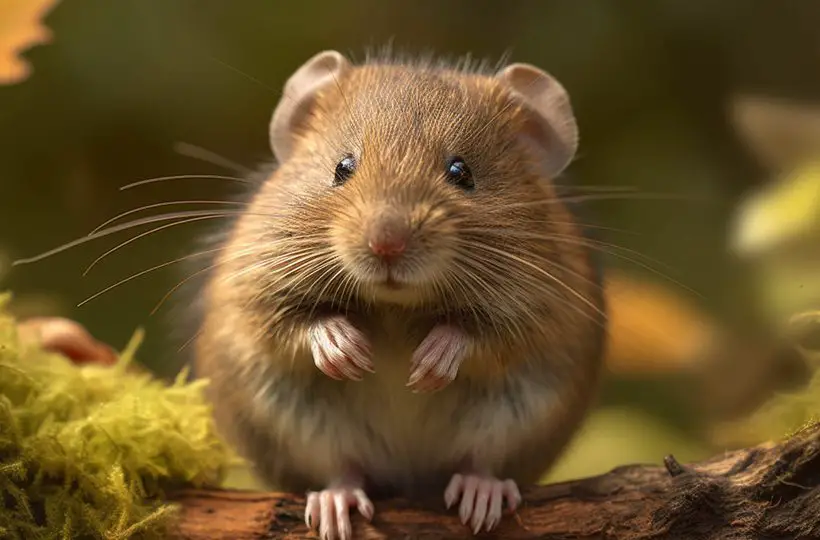
Signs you have mice include
- Musky Odor: A musky, stale smell reminiscent of ammonia can signify a mouse infestation.
- Shredded Material: If you come across shredded papers, fabric, or other materials, mice might be the culprits.
- Mouse Droppings: Small, black, rod-shaped droppings scattered around your home are a common sign of mice.
- Scratching Sounds: If you hear scratching sounds emanating from cabinets, ceilings, walls, or basements, mice could be lurking nearby.
FAQs
Here are a few more related questions you might be asking yourself now regarding vole vs mouse.
Q1: Are rats and mice the same thing?
No, rats and mice are distinct rodent species with different characteristics, behaviors, and habits. While they share certain similarities, they belong to separate biological classifications.
Q2: Can voles and mice interbreed?
No, voles and mice are separate species and cannot interbreed. After all, they belong to different families, with voles being in Cricetidae while mice are in Murids.
Q3: Do voles and mice carry diseases?
Yes, both voles and mice have the potential to carry diseases that can be transmitted to humans, primarily through their droppings and urine.
Conclusion
In the world of rodents, voles and mice may appear similar at first glance. Still, a closer inspection reveals a multitude of differences in their physical attributes, behaviors, and habitats. From their distinct sizes and body shapes to their diets, both rodents demonstrate remarkable adaptability to their environments.
You can accurately identify these rodents by understanding the differences between a vole vs mouse. Thus, you can make informed decisions regarding managing their presence in your surroundings.

